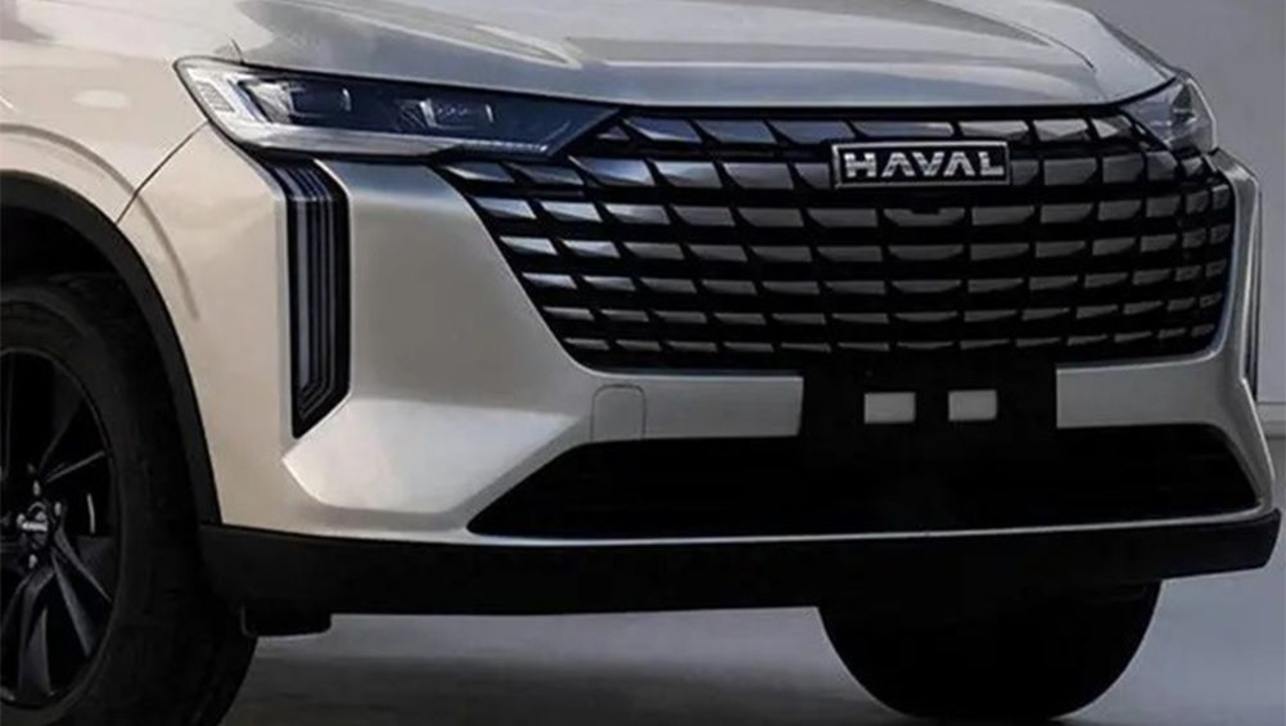The Toyota C-HR compact crossover has rolled into Australian showrooms priced from $26,900 before on-road costs and is set to take on the big hitters in its burgeoning segment, including the Mazda CX-3, Mitsubishi ASX and Honda HR-V.
A manual gearbox is only offered in the base C-HR two-wheel-drive range-opener, with the option of a continuously variable transmission (CVT) adding $2000 to the price.
Additionally, buyers can also opt for all-wheel drive – which can send half the engine's torque to the rear wheels when required – for another $2000, but it is paired exclusively with the CVT, totalling $30,990 for the entry-level specification when these two drivetrain options are added together.
The range-topping Koba variant is available with either 2WD for $33,290 or 4WD for $35,290 and offers higher specification levels for the extra $4300.
The CVT has a manual mode featuring seven simulated ratios for increased driving pleasure.
A 1.2-litre turbocharged four-cylinder petrol engine makes its debut for Toyota Australia in the C-HR, producing 85kW of power from 5200–5600rpm and 185Nm of torque between 1500rpm-4000rpm.
Fuel economy is rated from 6.3 litres per 100 kilometres for the combined cycle test, while CO2 emissions start at 141 grams per kilometre.
The six-speed manual gearbox offers rev-matching for smoother gear changes, while the CVT has a manual mode featuring seven simulated ratios for increased driving pleasure.
Normal, Eco and Sport driving modes are available on all variants, which vary throttle response and steering weight, as well as CVT behaviour on self-shifting versions.
The C-HR's four-seat configuration offers similar levels of comfort to the Corolla, as well as 377 litres of luggage space and a 60/40 split-fold rear seat.
Standard equipment levels for the range-opening C-HR include a 6.1-inch multimedia touchscreen with satellite navigation, six-speaker sound system, dual-zone automatic air conditioning, rain-sensing wipers, 4.2-inch multi-info driver display, electronic park brake, auto-dimming rearview mirror and 17-inch wheels.
Meanwhile, the included suite of safety and driver assistance technologies is highlighted by seven airbags, adaptive cruise control, auto emergency braking, lane departure alert, reversing camera, front and rear parking sensors, blind-spot monitor, rear cross-traffic alert and hill-start assist.
Koba variants add to this level of standard kit with leather-accented seats, keyless entry and ignition, larger 18-inch alloy wheels, LED headlights and 'nanoe' technology that helps moisturise cabin air.
Customisation is also one of the C-HR's focuses.
The Japanese-built SUV's full name is Coupe High Rider, which the company says is a comment on its exciting blend of hatchback and coupe-like styling with the presence of a more traditional high-riding vehicle.
A two-tone paint option can be had on the C-HR Koba for $450, which adds either a white or black roof in specific colour combinations.
Customisation is also one of the C-HR's focuses with eight different alloy wheel designs, roof cross bars and coloured exterior garnishes, mirror covers and wheel caps.
Capped-price servicing will be offered on the C-HR – a first for Toyota in Australia – with annual services during the five-year period costing $195 each.



.jpg)
.jpg)



.jpg)
.jpg)
.jpg)

.jpg)
.jpg)
.jpg)
.jpg)
.jpg)
.jpg)
.jpg)
.jpg)
.jpg)

.jpg)
.jpg)










.jpg.jpg)


Comments